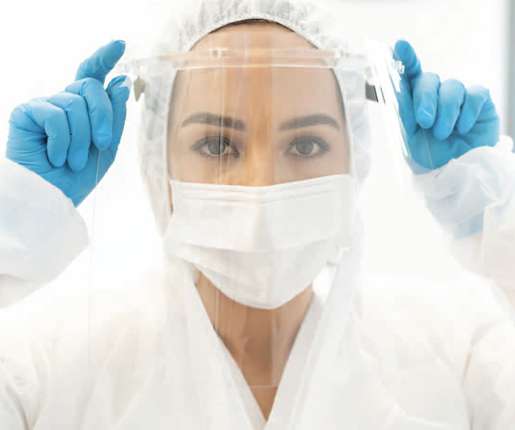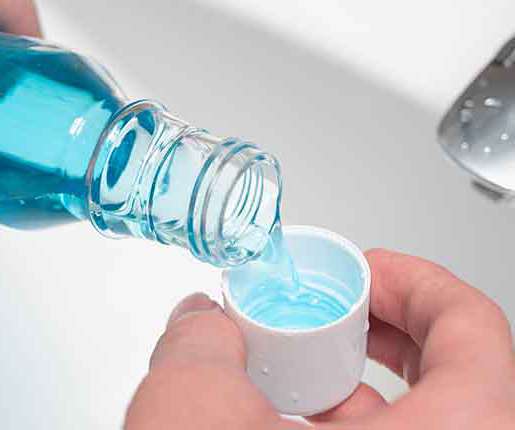Addressing Dental Hygienists’ Workforce Issues
Dimensions of Dental Hygiene
OCTOBER 28, 2022
One adaptation that was not anticipated was the shift in employment status of dental team members including dentists, dental hygienists, and dental assistants. For background and context, the results from a survey of dental hygienists conducted by the ADHA in 2016 need to be reviewed.












Let's personalize your content